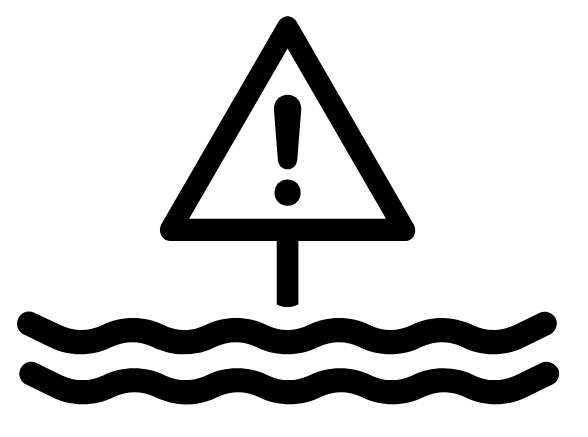Research Goals
Research Goal 1: Conduct integrated, probabilistic studies in climate, hydrodynamics, geomorphology, and ecosystems to quantify exposure to coastal hazards under present and future conditions
Our goal is to understand how coastal areas are exposed to hazards, both now and in the future, by examining the complex interactions between climate patterns, water dynamics, shaping of landforms, and the delicate balance of coastal ecosystems. Through this holistic approach, we seek to measure the risk posed by various threats like storms, floods, and erosion, while considering uncertainties in future environmental conditions. This analysis equips us to offer nuanced insights crucial for improving coastal resilience and adaptation strategies.
Research Goal 2: Determine the effectiveness, tradeoffs, and feedbacks associated with arange of community-determined adaptation strategies, specifically exploring the efficacy of natural and nature based features aimed at reducing exposure.
We’re evaluating a range of community-driven adaptation strategies, with a special focus on Natural and Nature-Based Features (NNBF) at reducing exposure to hazards. By understanding how these strategies interact with natural systems and human activities, and considering both their strengths and limitations we aim to identify the most effective and sustainable approaches for enhancing community resilience in the face of environmental challenges.






